
The clearest azure sea and magnificent islands, ancient ruins and atmospheric medieval towns, numerous national parks, and striking waterfalls. Croatia is stunning in its amazing beauty, although it is still a dark horse on the maps of many travelers. Therefore, in this article, we have compiled a short sampling of some of the most interesting places in Croatia, which are worth seeing at least once in a lifetime.
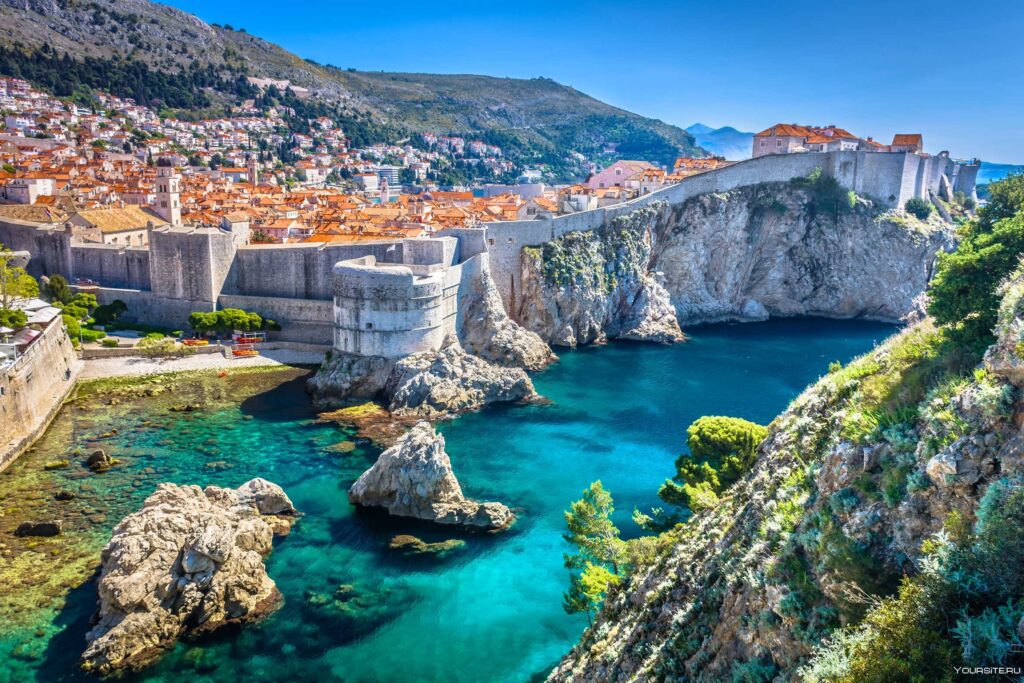
Known since the 9th century BC, Zadar boasts a rich and eventful history. During the 3 thousand years of its existence, the Lirians, Romans, Byzantines, Venetians, Austrians, French, and, of course, Slavs have made their mark here. Being one of the most important ports in the Adriatic, Zadаr has always been a tidbit for conquerors. The magnificent architecture of the old town speaks of its former importance. The Romans also appreciated the advantages of Zadar's location. Not surprisingly, the most interesting part of the city is located within the ancient Roman settlement on a large peninsula surrounded on three sides by the sea. Among the main attractions of Zadаr are the monumental city gates, the Roman forum, the second oldest archaeological museum in Dalmatia, and the sea organ, which converts wave energy into sound. The numerous churches and the oldest bell tower in Dalmatia deserve special attention.
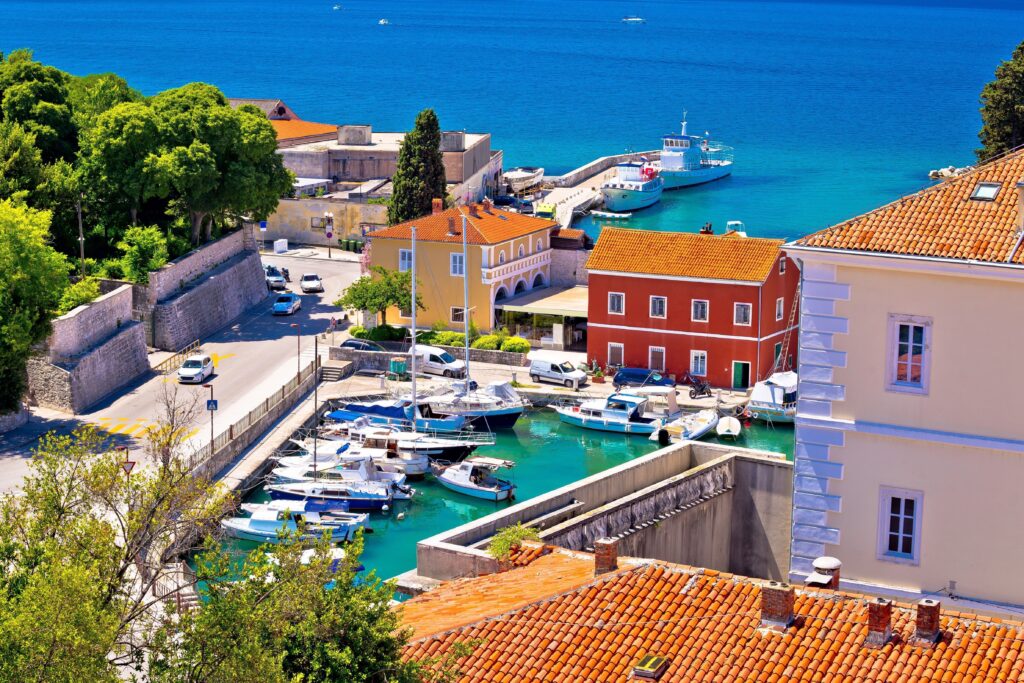
Krka National Park is located in the middle of Dalmatia and is known for its magnificent natural attractions. The territory of the park stretches along the picturesque Krka River valley, and its main pearl is 7 cascades of waterfalls with a total height difference of over 200 meters. The largest of the waterfalls has a height of over forty meters and not only decorates numerous advertising brochures of Croatia but also attracts travelers with the opportunity to swim. For this reason, tourists going to the park always try to bring their swimming suits with them. The well-maintained hiking trails and boat trips will help to diversify the program of stay. But Krka is not only a river and picturesque waterfalls. On the territory of the park, there are several plants and fish that can be seen only here. Finally, two Christian monasteries, dating back to the 14th century, deserve attention. These are the Serbian Orthodox Krka Monastery and the Franciscan Visovac Monastery, located on the island of the same name right in the middle of the river.
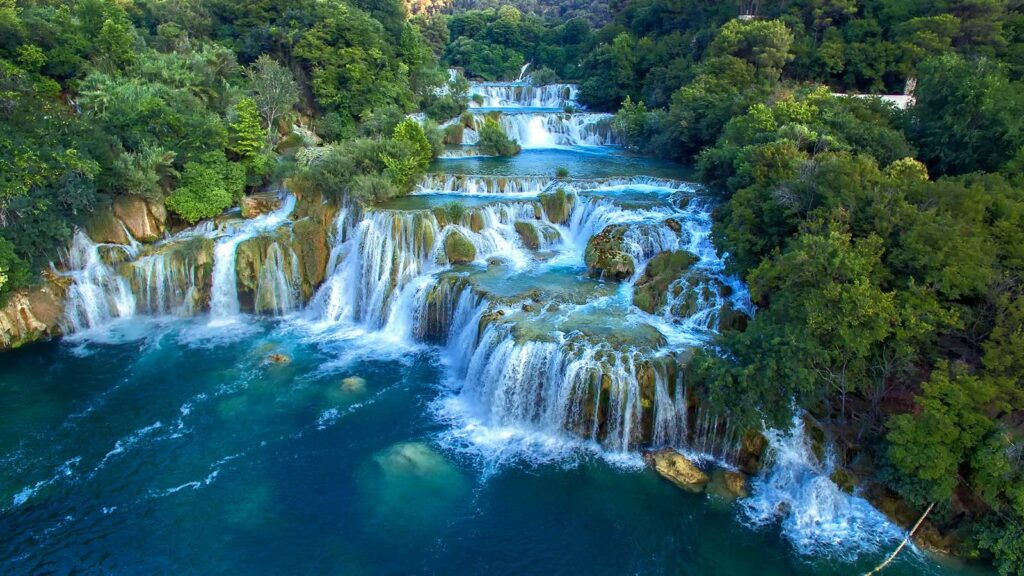
The capital and largest city of Croatia, Zagreb, is very young by historical standards, and the first mention of it dates back only to the end of the 11th century. The impetus for the development of Zagreb was its destruction by the troops of Batu Khan in 1242, after which it was proclaimed a free royal city by the golden bull of the Hungarian-Croatian king. These days, Zagreb consists of an upper and lower city, connected by one of the shortest funiculars in the world. At the same time, the upper city with its cobbled streets, medieval churches, and towers is the real magnet for travelers. The most popular places in Zagreb include the central square, the majestic 108-meter-high cathedral, the Church of St. Mark with a mosaic roof made of multi-colored tiles, and numerous museums, galleries, and theaters. No less interesting and unusual sights of the Croatian capital, include the Museum of Broken Relationships, a model of the solar system, and the Mirogoj cemetery, often called one of the most beautiful in Europe.
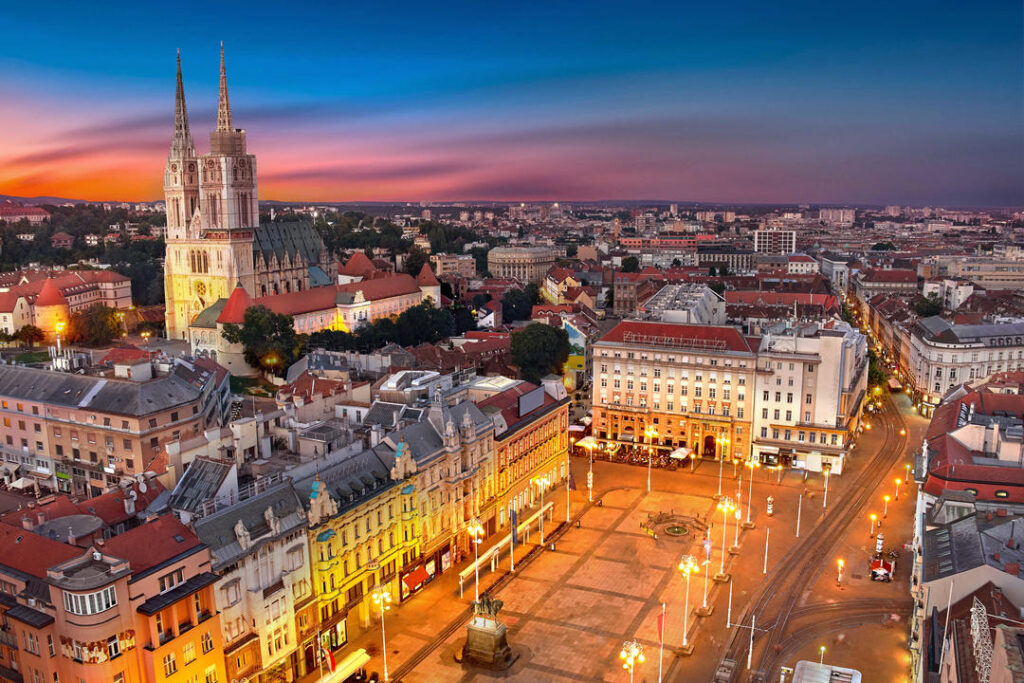
The largest city of the Istrian peninsula, Pula, was founded by the ancient Greeks but reached its real prosperity several centuries later under the Romans. It was the Romans who were the first to appreciate its location, turning it into one of the most important centers in the region. Nowadays, numerous and well-preserved ancient attractions remind us of that glorious period in the history of Pula, a real gem among which is the magnificent amphitheater of the first century AD. Capable of holding up to 23 thousand spectators, it was considered one of the six largest coliseums of the Roman Empire and to this day serves as a popular venue for large concerts and public events. After the fall of the empire, Pula changed hands several times, spent more than 600 years under the rule of Venice, and even for some time became part of the united Italy. Is it any wonder that many travelers find the atmosphere of Pula much more Italian than that of many cities in Italy itself? In addition to the amphitheater, interesting sights in Pula include the Temple of Augustus and the triumphal arch, the cathedral, the 13th-century town hall, and, of course, the impressive fortifications from the Autro-Hungarian era.
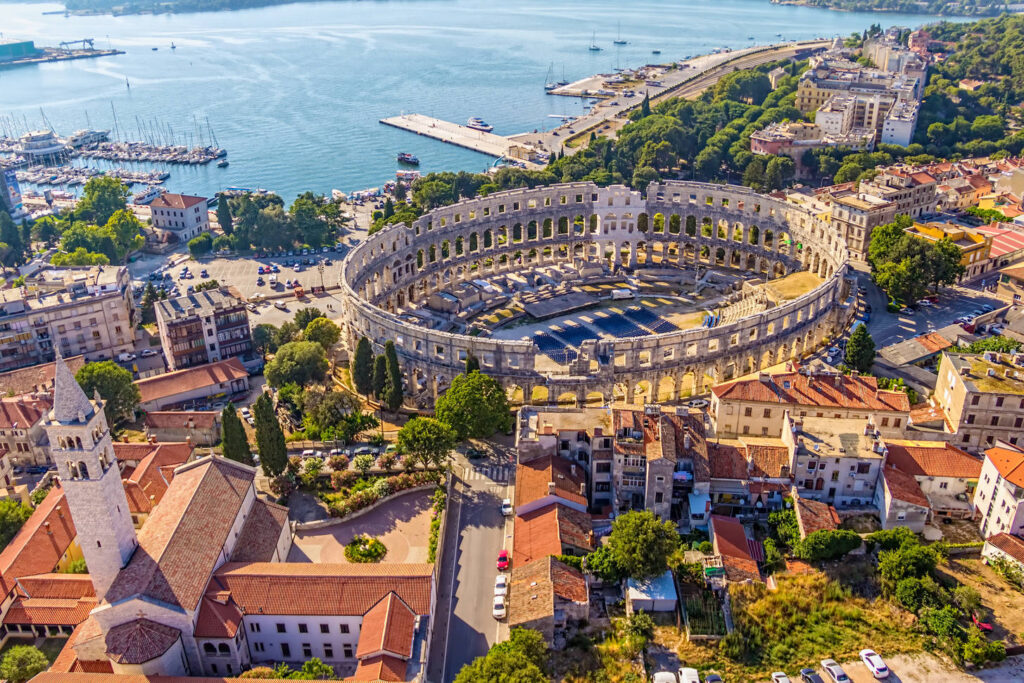
The small coastal town of Rovinj, located on the western coast of the Istrian peninsula, is often named among the most picturesque, charming, and romantic destinations in the entire Mediterranean. A tangle of narrow medieval streets, red tiled roofs, and atmospheric Venetian architecture makes you fall in love at first sight. Like many other coastal towns in Croatia, the history of Rovinj is full of events and over the centuries of its existence, it has managed to become part of many powerful states. It is not surprising that its architecture is a whole mix of Gothic, Renaissance, Baroque, and Neoclassicism. Rovinj's attractions include a medieval gate, a 12th-century clock tower, and the impressive St. Euphemia's Church with a 62-meter bell tower. But still, the main feature of the city is its extraordinary atmosphere, which attracts lovers from all over the world.
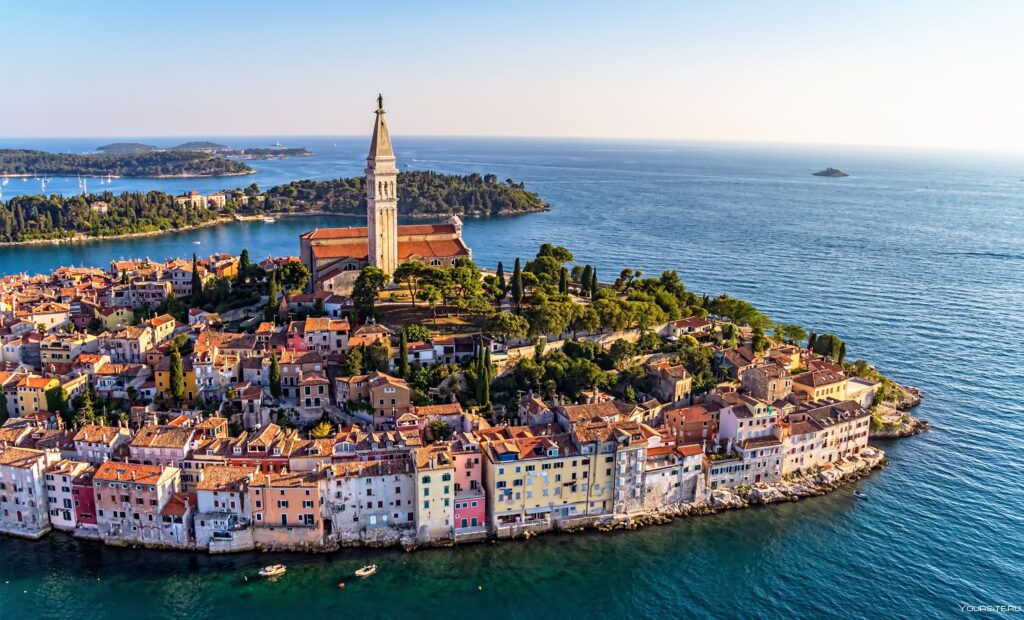
The island of Korčula is one of those places that even many experienced travelers have not heard of, although the Croatians themselves talk about it with fondness. The reason for this is that the island is located away from the main tourist routes, and it is 130 km away from the nearest international airport. Korčula is worth visiting if only because its miniature capital is often called the most beautiful medieval city in Croatia. Of course, Korčula is far from the scale of Split or Dubrovnik, but the islanders do not strive to measure themselves by size. The myth of Odysseus and Circe, the legend of the founding of the city by the Trojan Antenor, the birthplace of the famous traveler Mark Paul, and the history of Korčula resembles an exciting adventure novel. In addition, the island’s location away from the beaten path determines the cleanliness of the sea, which is surprising even by Croatian standards for beach lovers.

Hvar and Brač are two large and picturesque islands near the Dalmatian mainland. Although each of them is worth a separate story, due to their close location to each other, they are often combined into one excursion. History buffs are most attracted to Hvar. Inhabited since the 3rd millennium BC, Hvar was the first in many ways. It was here that the oldest bas-relief in Europe depicting a ship was discovered, the oldest public theater was opened, and even a seemingly ordinary field here became a UNESCO World Heritage Site since it has been continuously cultivated since the colonization of the island by the ancient Greeks. But the most interesting part of Hvar is a whole constellation of small colorful towns. As for the island of Brač, it is known primarily for the Zlatni Rat beach, one of the hallmarks of Croatia. Depending on weather conditions, the beach headland may curve. Therefore, in photos and videos, Zlatni Rat often looks turned in different directions.
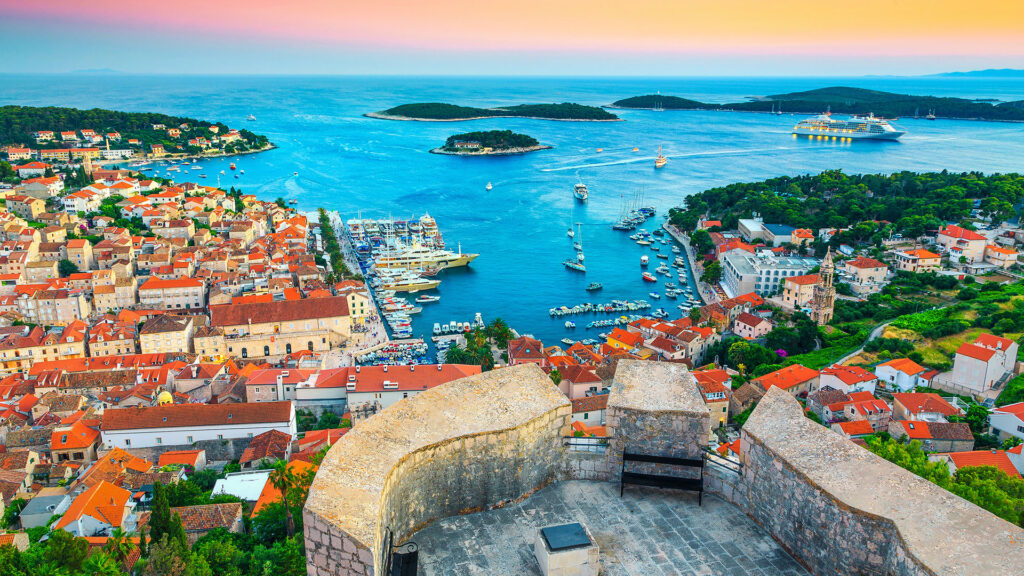
The second largest city in Croatia and the largest on the coast, Split dates back to the 3rd century AD. It was then, not far from the ancient city of Salona, that a palace was founded for the Roman emperor Diocletian. Several centuries later, hostile tribes of barbarians invaded the vicinity of Salona, and, fleeing the invasion, the inhabitants moved under the protection of the palace fortifications. This relocation led to the appearance of numerous residential buildings on the territory of the residence. Today, Diocletian's Palace forms the core of the historical center of Split and is one of the best examples of a classical Roman fortification. It is not for nothing that the former imperial residence became one of the first Croatian objects included in the UNESCO World Heritage List. However, even those who have never been to Split will probably recognize many of its elements, which became the natural setting for seasons 4 and 5 of the popular series of Game of Thrones.
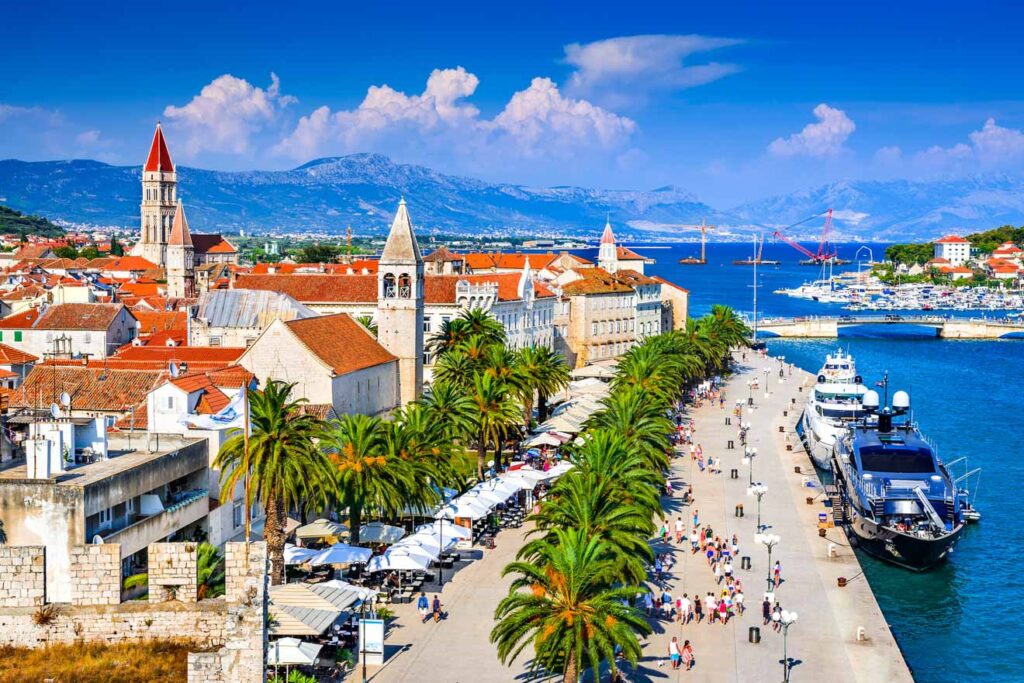
Relatively young compared to many coastal cities in Croatia, Dubrovnik was founded only in the 7th century. However, thanks to a flexible political system, trade, navy, crafts, and connections for hundreds of years, it remained the center of one of the most influential powers in the Mediterranean, the Republic of Ragusa. Having learned to take advantage of any situation, Dubrovnik not only survived the era of confrontation between the Ottomans and Christians but also formally recognized the power of the Sultan and was able to become the main link between the two civilizations. The republic's huge merchant fleet plied all corners of the Mediterranean Sea, filling the treasury with unimaginable profits. Already in 1272, the basic principles of city development, the width of streets, the size of blocks, and even the construction of sewers, which Dubrovnik continues to use to this day, were regulated. With mighty fortifications, local and visiting craftsmen rebuilt one of the most beautiful cities in the Mediterranean. And for its high level of culture and art, it was often called the Slavic Athens. It’s not for nothing that the playwright and novelist Bernard Shaw, who visited the city, spoke about his trip this way: “Those who are looking for paradise on Earth should come and see Dubrovnik».

Find out more about Croatia on our blog!